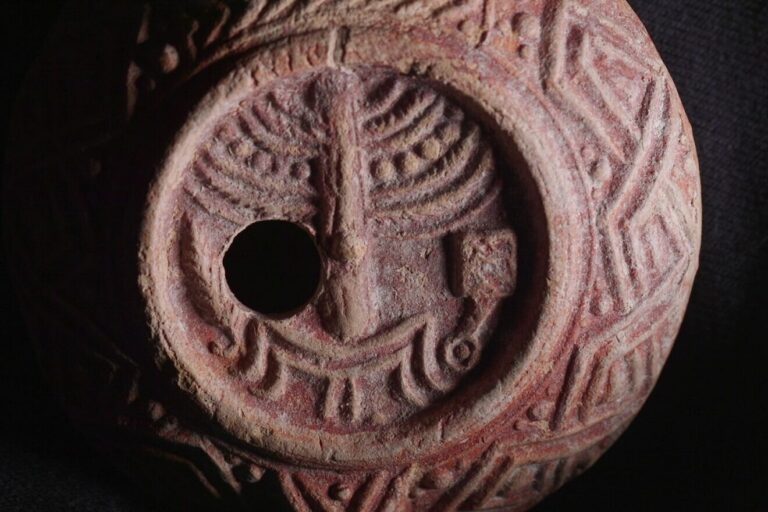 Nachal Kishon and the IDF Naval Commandos (YWN – Special Report)
Nachal Kishon and the IDF Naval Commandos (YWN – Special Report)
Their first fight was to prove there is an existing link between the alarmingly high rate of cancer among former combatants and diving training in the Kishon. Now, with the Defense Ministry realizing just how many former Shayetet 13 naval commandos have died, or are ill with cancer, the agency is doing everything possible not to accept responsibility.
It has been seven years since the breaking of the story of a Yediot Achronot investigation linking cancer in navy commandos with their training in Nachal Kishon. According to lawyers representing the victims or their families, since that time, 250 of the combatants have been recognized as victims of the Kishon, and unfortunately, over 130 are no longer among the living.
The story began unfolding in May 2000, prompting the establishment of a government-appointed investigation committee. It was documented that dozens of navy personnel took ill, most from the elite Shayetet 13 commando unit, Israel’s Navy SEALs (sea, air and land). The unit used the polluted Nachal Kishon for years, compelling trainees to dive into the body of water that was a cesspool for dumping of toxic and chemical pollutants. Water quality tests revealed the Kishon contains lethal levels of chemical toxins collected from nearby chemical plants.
The investigators, headed by retired High Court of Justice President Justice Meir Shamgar probed for some two years, determining there is a suspicion of a link between the illnesses among veterans of the elite unit and their training in the Kishon. As a result, then defense minister, Shaul Mofaz, recognized the lawsuits of soldiers and the IDF Navy announced all training in the Kishon would be immediately halted.
At the time, the number of soldiers seeking compensation was several dozen. Since then, in compliance with recommendations of the Shamgar Committee, the former Shayetet combatants were monitored, undergoing periodic and regular medical examinations. As a result, more and more of the veterans are diagnosed with cancer, now hundreds of percent higher than the original number in 2000.
Attorney Yoram Aviram explains that the magnitude of the tragedy is only beginning to unfold today, who together with attorney Dalit Elimelech are representing the veterans and their families. They report the number to be 500 soldiers who are attributing their cancer to the days when they dived in Nachal Kishon. To date, the Defense Ministry has only acknowledged the claim of 250 veterans. For those who have died, their families are entitled to the same benefits given to relatives of soldiers who die in the line of duty.
It is feared that in the coming years, the number will continue to grow as it has during the past seven years, explaining there appears to be a latency period among some of the former soldiers. Most recently, David Ach died of cancer at the age of 42. He too swam in the Kishon as part of his training prior to being transferred to another unit. It took a great deal of fighting but with the assistance of fellow combatants and eye-witness accounts, the Defense Ministry did accept the claim of his family, recognizing him as a soldier who fell in the line of duty.
As the number continues to grow, the Defense Ministry appears it is trying to limit the potential for future suits, setting some parameters. For example, the ministry announced it will not recognize claims from anyone who swam in Nachal Kishon prior to 1975. Attorneys explain the ministry is trying to implement a statute of limitations for those who filed a claim seven or more years after taking ill. The ministry also refuses to accept claims from veterans who served in other units, including Naval Engineers, who were also exposed to the deadly waters of the Kishon during their training. Only a small number of former combatants were recognized after being diagnosed with terminal illness, not cancer.
According to Aviram, the ministry at present is rejecting claims from veterans who swam in Nachal Kishon for a small period of time. Aviram adds that he fears when the Defense Ministry agreed to recognize the claims as legitimate, they never anticipated just how widespread the illness was and just how many former commandos would be seeking compensation. Now, realizing the actual numbers, the ministry is trying to back out of the arrangement.
Being recognized as an IDF disabled veteran has significant financial realities attached to it, such as all medical expenses are covered. If the veteran dies, his family receives death benefits commensurate with a soldier who falls in the line of duty.
One of the veterans who has taken ill, Yuval Tamir, was instrumental in 2000 towards documenting the connection between diving in Nachal Kishon and cancer. He states today that it is simply awful as they see more and more colleagues taking ill and dying.
In the meantime, Nachal Kishon is slated to be rehabilitated, but as one would expect, government ministries cannot agree who will pay the bill.
As the chemical wastes from area chemical plants during recent years is somewhat cleaner than in the past, the water quality of the Kishon has improved, albeit slightly. One can see fish, and the harsh odor that once existed has dissipated. Nevertheless, one must not be fooled. The waters of Nachal Kishon are still quite contaminated.
Most factories dumping into the Kishon do comply with new regulations. The most potent contributor to the water body’s toxic level is Haifa Chemicals, reports Robert Reuven, who heads the Haifa District of the Ministry of Environmental Affairs. The ministry has decided the only way to truly eliminate the toxic pollutants is to reroute the chemical wastes to the sea via a pipeline. The “Tzlol” (Clear/Transparent) organization is fighting the decision, calling it irresponsible, explaining the problem is not being “solved” but rather thrown elsewhere.
The Environmental Ministry is now completing tests to determine the level of contamination in the area, since the factories will have to accept the financial responsibility for rehabilitating the area. It is estimated the cleanup will run $50 million. It is expected the factories and chemical plants will reject the findings of the ministry study and attempt to shirk their responsibility to fund the cleanup operation. The ideal time to compel them to fund the cleanup would have been a year ago when the privatization was underway, but the government missed that window of opportunity.
In the long run, the final component of the area rehabilitation is the construction of a public park along the nachal. In the meantime, the Port of Haifa and area factories are trying to combat the master plan, seeking to have portions of the planned park allocated to them for storage and other business-related matters. To date, the legal system has been sympathetic and their efforts have been thwarted, at least for now.
(Yechiel Spira – YWN Israel)










